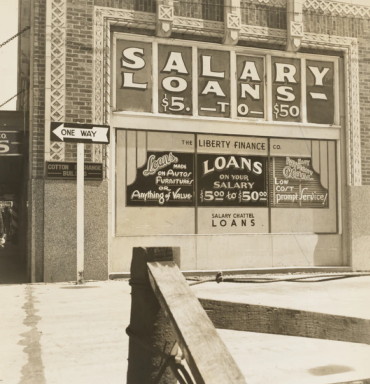If you’re thinking about taking out a loan, it pays to know what types of loan are available and what the key differences between those products are. Finding the right loan to meet your particular circumstances at the best possible price is central to your financial health.
Before applying for a loan you should always compare the cheapest loan interest rates available across multiple comparison sites to get the most objective options available. You can also use a loan affordability calculator to check it’s a loan you can afford to repay. There’s a plethora of lenders online who make it extremely easy to view exactly what your obligations are. Examples of these calculators can be seen here as a slider and here as a table.
-
Personal loans
Personal loans, also known as unsecured loans, come in all shapes and sizes. A personal loan is an example of an unsecured loan because you don’t have to provide any collateral such as a house or a car to secure the borrowing against. That means your assets are not at risk if you do not stick to the terms of the loan or fail to make the repayments on time.
Personal loans can be given different labels for specific purposes, such as car loans or home improvement loans, but that’s simply a way of packaging and marketing the product. It doesn’t mean it’ll be the most convenient or affordable way to borrow money for that purpose.
-
Secured loans
To agree a secured loan, the borrower has to provide some asset as collateral for the loan. That asset provides the added protection that, if you are unable to repay the loan amount, the lender can seize that asset to recover the money it’s owed.
The most common form of secured loan is a mortgage. In this type of agreement, the loan is secured against the property you’re buying. If you fail to keep up with the mortgage repayments, the lender will seize the property and sell it to recoup the money it’s owed. Due to the extra protection the lender has, secured loans tend to be for higher amounts than unsecured loans and at lower rates of interest.
-
Short-term loans
Short-term loans are designed to be repaid within a very short period of time, typically just one month. This type of loan is designed to help individuals pay for unexpected expenses they otherwise wouldn’t be able to afford, such as repairs to a vehicle or a household appliance. This type of loan is usually quick and simple to arrange but they can be quite expensive.
-
Guarantor loans
If you have a low credit score then you may struggle to be accepted for an unsecured personal loan. However, a guarantor loan could be an option. In a guarantor loan, someone else, usually a family member or a partner, becomes the ‘guarantor’ by agreeing to repay the debt if you can’t. You’ll typically pay a relatively high rate of interest on a guarantor loan and your guarantor will need to have a good credit history for you to be accepted.
-
Bad credit loans
If you have a bad credit score or no credit score at all, a typical loan from a bank or building society may be out of reach. However, you could be eligible for a bad credit loan from a more specialist lender. You will typically pay higher interest on a bad credit loan and possibly be asked to provide security. However, if you make all of your repayments on time, it can be an effective first step in repairing your credit score.
Are there any loan products you’ve encountered that we’ve missed? Please share your thoughts with our readers in the comments below.

